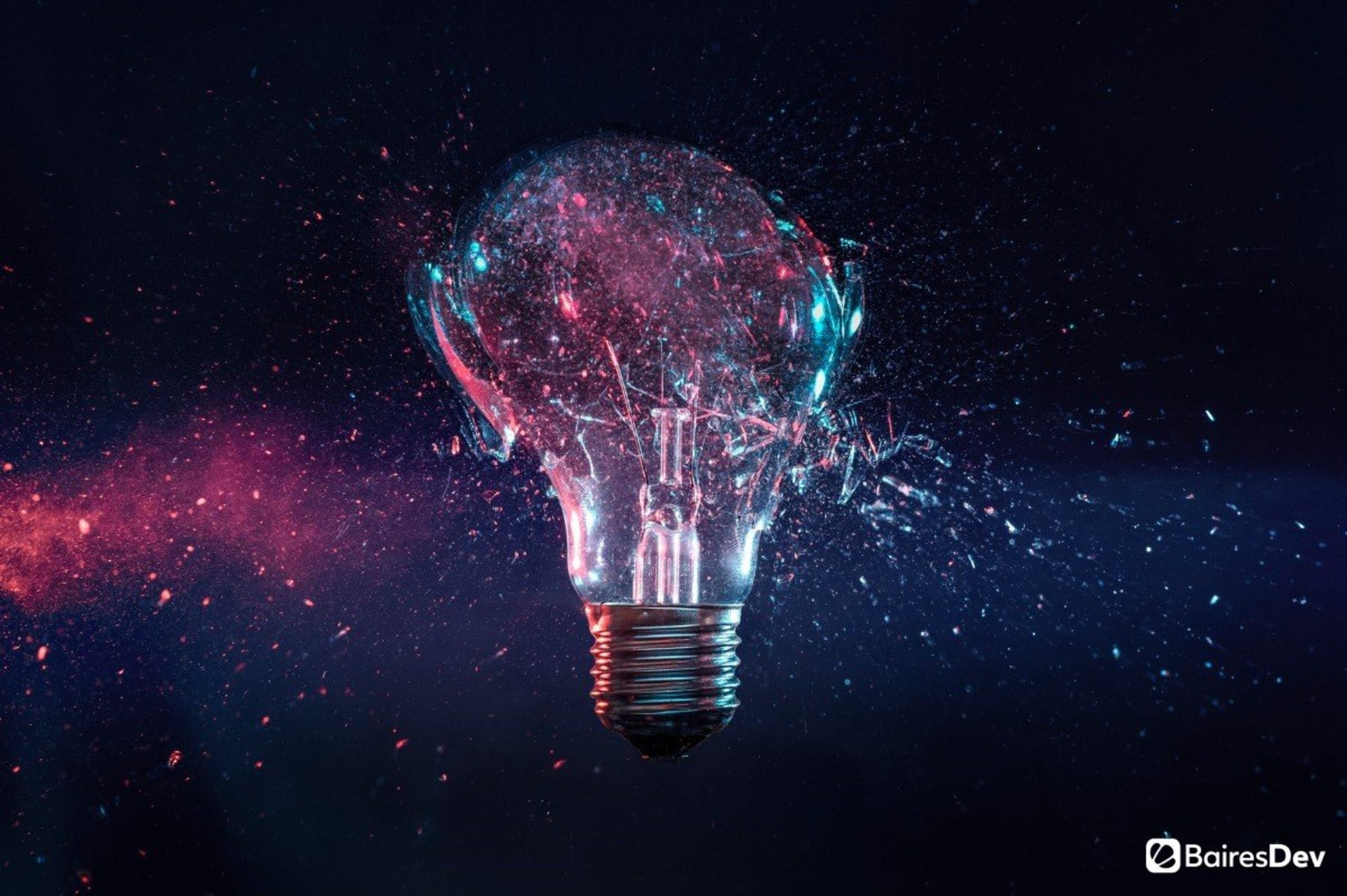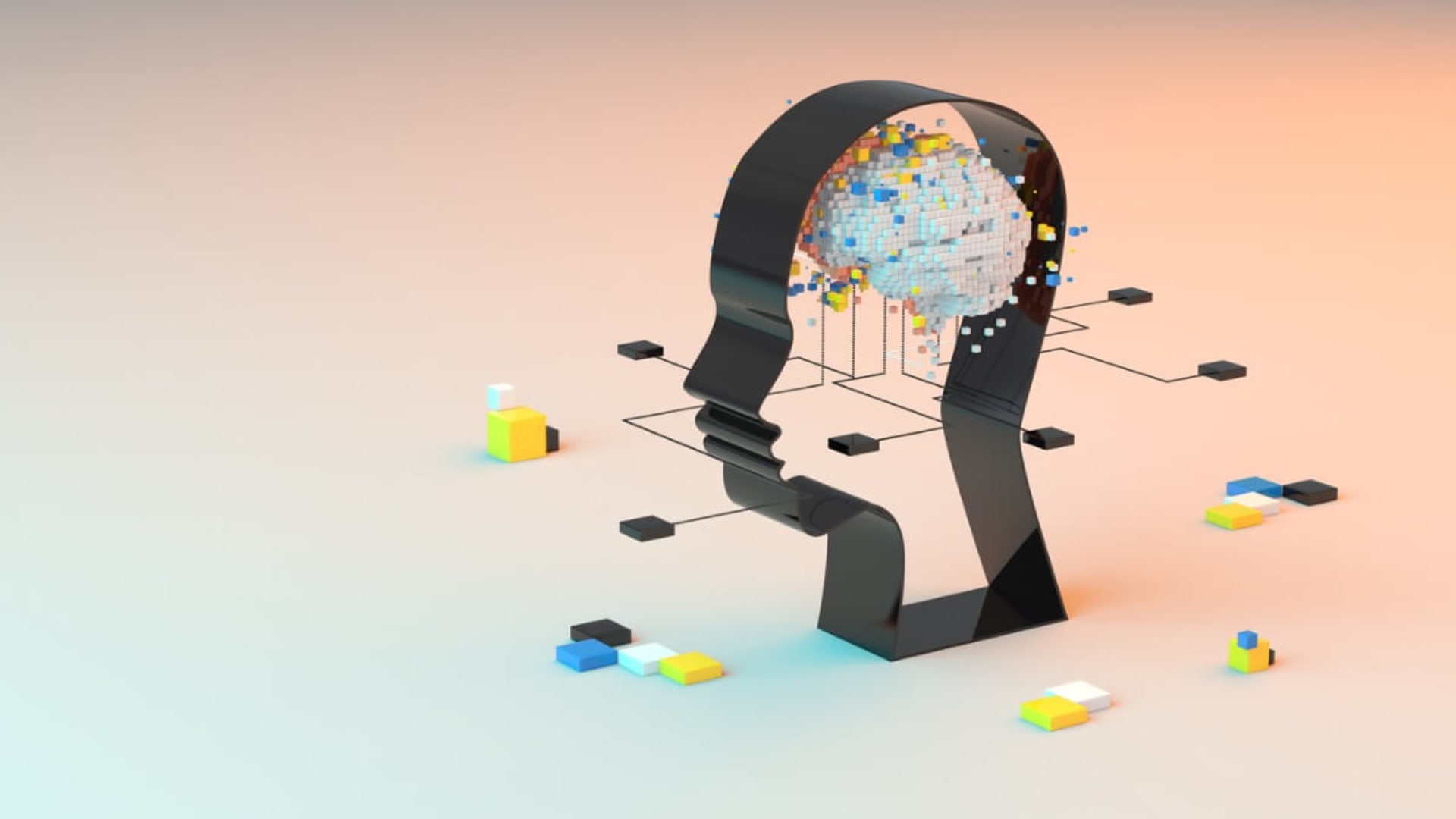As the network edge continuously expands to service on more smartphones, laptops, smart TVs, streaming sticks, gaming consoles, and internet of things (IoT) devices by the millions, taking a minute to look back is insightful.
Most people today understand that a computer and monitor sitting on a desktop is likely hooked up to a network, either a home or corporate network and, of course, the internet. This is called a client/server architecture.
The “client” (the PC) runs applications stored locally and only communicates with other resources like servers, other PCs, mainframes, and storage networks (collectively called the “server”) to access data or compute capabilities it doesn’t possess.
The concept of edge computing is much the same. As devices at the network edge (your smart TV is a good example) get farther away from a service provider’s data center, processing power and storage need to go with them. Otherwise, the time it takes for a request to be made by a device and it is answered by the data center takes forever. (At least in Internet time!)
To fix this situation, companies place servers, storage, applications, and data closer to the network edge so data, services, and applications can be accessed quickly by all of those far-flung devices.
Edge computing just involves a lot more moving parts and horsepower than client/server. It starts with the device sending a request to an edge gateway device, usually a router of some sort with some limited on-board ability to understand the request.
If it can’t do what is required, the gateway forwards the request up the chain to a server can either deal with the request directly (such as loading your movie, Podcast or book onto your smartphone) or forward it again upstream to more powerful processors (usually in the cloud or a data center) where AI goes to work.
Where 5G fits in
High-speed low-latency 5G cellular networks are already here, but they aren’t the blazing fast mmWave 5G networks everyone is talking about. They are low-band and mid-band networks that give you speeds and latencies comparable to a good high-speed home internet connection. With these networks now in operation, the expansion of the network edge is only getting faster.
When coupled with AI and the IoT, 5G-powered edge computing will be game-changing for all manner of critical services such as telehealth. How? People anywhere with a 5G signal will be able to access real-time medical care in seconds. It’ll also impact the everyday needs of consumers just as dramatically. Downloading apps or getting up-to-date radar images on their weather app will be nearly instantaneous.
With edge computing, online shopping, for example, can be made interactive and additive to the in-store experience as real-time coupons are pushed out to customers browsing the aisles. Gamers will see their worlds vastly improved by 5G connectivity too, as content delivery networks (i.e., edge networks devoted to streaming video and games), and IoT devices such as smartphone connected virtual reality headsets will allow them to immerse themselves in games from anywhere.
Manufacturing, logistics, transportation, asset management, business, and healthcare will likewise experience game-changing impacts from the high-speed networking 5G enables.
For asset tracking, for example, 5G provides myriad benefits. Pallets of consumer goods, containers on trucks, heavy equipment on mine sites, heart rate monitors in hospital ICUs and more will see their tracking revolutionized. Today, most tracking is manual using hand-held scanners and barcodes, QR codes, and/or radio frequency ID tags. These systems, while adequate, are slow, inaccurate, and laborious.
When 5G is combined with the IoT, however, tracking can be automated. This will save businesses, hospitals, governments, etc. millions of dollars and hours of work. They can also see real-time updates and object status: Where is it? Has the object been tampered with or dropped, for example? Has it been idle? How long? Is it broken? What’s its history? Its temperature? You get the idea. The type of information that can be gleaned is limited only by the type and number of sensors and the user’s imagination.
Manufacturers are also looking to 5G networks to help them improve operations. When IoT is combined with 5G, factory floor machines can become interactive. They will talk to operators, alerting them to impending failures or changing on-the-fly to improve efficiency as conditions and workloads change.
IoT data can also feed AI-powered digital twins (a digital representation of a machine in a computer) that can be used to improve performance remotely, lower risk of injuries, and reduce product defects.
Emergency services are experimenting with connecting ambulances to doctors in the ER. The ambulance itself becomes an edge device, allowing doctors to see the patient via live video streaming while viewing critical telemetry data about the patient’s status. This allows them to work with paramedics to provide better care and be better prepared for when the patient arrives at the ER.
The best thing about 5G, the edge, and IoT is that it’s happening today. While not yet widespread, you can bet it will be soon. Whether people are gaming from their local park wearing VR goggles, predicting a failing machine, or receiving better healthcare on their way to the hospital, the impact 5G will have on all of our lives is just being felt.
If you enjoyed this, be sure to check out our other IoT articles.













